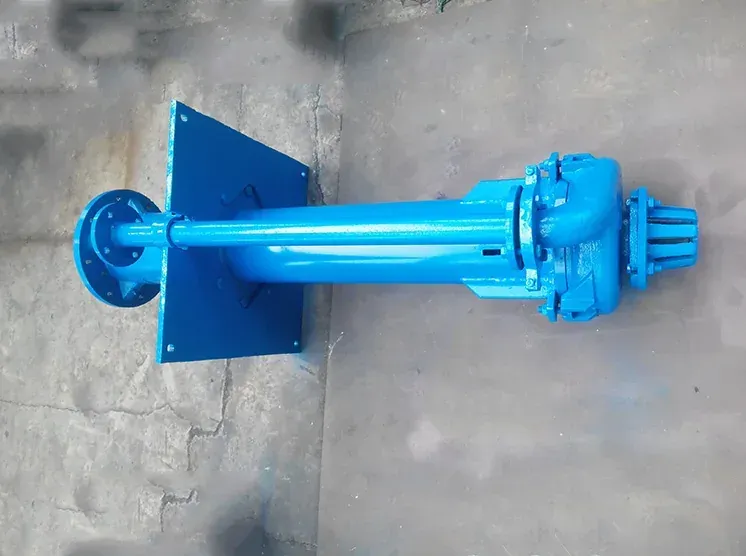Ukrainian
- Afrikaans
- Albanian
- Amharic
- Arabic
- Armenian
- Azerbaijani
- Basque
- Belarusian
- Bengali
- Bosnian
- Bulgarian
- Catalan
- Cebuano
- Corsican
- Croatian
- Czech
- Danish
- Dutch
- English
- Esperanto
- Estonian
- Finnish
- French
- Frisian
- Galician
- Georgian
- German
- Greek
- Gujarati
- Haitian Creole
- hausa
- hawaiian
- Hebrew
- Hindi
- Miao
- Hungarian
- Icelandic
- igbo
- Indonesian
- irish
- Italian
- Japanese
- Javanese
- Kannada
- kazakh
- Khmer
- Rwandese
- Korean
- Kurdish
- Kyrgyz
- Lao
- Latin
- Latvian
- Lithuanian
- Luxembourgish
- Macedonian
- Malgashi
- Malay
- Malayalam
- Maltese
- Maori
- Marathi
- Mongolian
- Myanmar
- Nepali
- Norwegian
- Norwegian
- Occitan
- Pashto
- Persian
- Polish
- Portuguese
- Punjabi
- Romanian
- Russian
- Samoan
- Scottish Gaelic
- Serbian
- Sesotho
- Shona
- Sindhi
- Sinhala
- Slovak
- Slovenian
- Somali
- Spanish
- Sundanese
- Swahili
- Swedish
- Tagalog
- Tajik
- Tamil
- Tatar
- Telugu
- Thai
- Turkish
- Turkmen
- Ukrainian
- Urdu
- Uighur
- Uzbek
- Vietnamese
- Welsh
- Bantu
- Yiddish
- Yoruba
- Zulu
Telephone: +86 13120555503
Email: frank@cypump.com
Гру . 10, 2024 01:05 Back to list
Efficient Non-Clog Sewage Submersible Pumps for Reliable Wastewater Management Solutions
Unclogging the Future Non-Clog Sewage Submersible Pumps
Sewage management is a crucial aspect of modern infrastructure, especially in urban areas where the volume of wastewater can be considerable. Efficient pumping solutions are vital not just for maintaining sanitation and hygiene but also for protecting the environment. Among the plethora of pumping solutions available today, non-clog sewage submersible pumps have emerged as a standout, offering an innovative approach to dealing with the challenges inherent in sewage systems.
What is a Non-Clog Sewage Submersible Pump?
A non-clog sewage submersible pump is specifically designed to handle the complexities of sewage transport. Unlike traditional pumps that often struggle with solids and debris, non-clog pumps feature advanced engineering that allows them to pump sewage without the risk of becoming blocked. These pumps are submerged in the wastewater, operating underwater where they efficiently transport sewage to treatment facilities or other designated locations.
Key Features
1. Unique Impeller Design One of the defining characteristics of non-clog pumps is their impeller design. Usually featuring a vortex or channel impeller, these pumps create a powerful flow that can handle solids and fibrous materials without clogging. This design minimizes maintenance efforts and reduces the downtime associated with pump failures.
2. Robust Construction Non-clog sewage submersible pumps are built with durable materials like stainless steel or heavy-duty cast iron. This not only ensures longevity but also protects the pump from the corrosive nature of wastewater. Additionally, these materials help withstand the mechanical stresses involved in the pumping process.
3. Variable Speed Options Many modern non-clog pumps now come with variable speed capabilities. This feature allows for more efficient operation, adapting the pump's performance to the volume of sewage being processed. By optimizing energy usage, these pumps contribute to cost savings while ensuring reliable service.
non-clog sewage submersible pump

4. Automatic Operation Many non-clog sewage submersible pumps are equipped with automatic control systems that turn the pump on and off based on preset levels of sewage. This feature enhances efficiency and helps prevent overflow situations, which can lead to environmental hazards.
Applications
Non-clog sewage submersible pumps find applications in various settings. Municipal wastewater pumping stations utilize these pumps to transport sewage effectively from homes and businesses to treatment plants. Additionally, they are invaluable in industries where wastewater is generated, such as manufacturing, food processing, and pharmaceuticals. These pumps are also used in construction sites where dewatering is necessary to maintain safe working conditions.
Environmental Impact
The environmental impact of non-clog sewage submersible pumps cannot be overstated. By mitigating the risks of sewage backups and overflows, these pumps play a crucial role in protecting water bodies from contamination. Furthermore, by ensuring efficient wastewater treatment processes, they contribute to broader environmental sustainability efforts, promoting cleaner waterways and healthier ecosystems.
Conclusion
As cities continue to grow and wastewater management becomes increasingly complex, non-clog sewage submersible pumps stand out as a reliable and efficient solution. Their innovative designs, robust construction, and advanced features not only prevent clogging but also enhance the overall efficiency of sewage transport systems. By investing in these cutting-edge pumping technologies, municipalities and industries can ensure that they meet the challenges of modern sewage management while protecting both public health and the environment. In a world where sustainability is becoming paramount, non-clog sewage submersible pumps represent a pivotal advancement in the quest for efficient wastewater management.
-
20 HP Submersible Sewage Pumps - Hot Sale & Competitive Quotes
NewsJun.08,2025
-
Premier Centrifugal Slurry Pump Manufacturers Durable Solutions
NewsJun.08,2025
-
Axial Flow Pumps High-Efficiency for Large Water Flow Applications
NewsJun.08,2025
-
Double Suction Pumps High Efficiency & ANSI Reliability
NewsJun.07,2025
-
Vertical Submersible Sewage Pump Supply Durable & Efficient
NewsJun.07,2025
-
China Interchangeable Slurry Pumps High-Compatibility Spare Parts & Durability
NewsJun.06,2025










